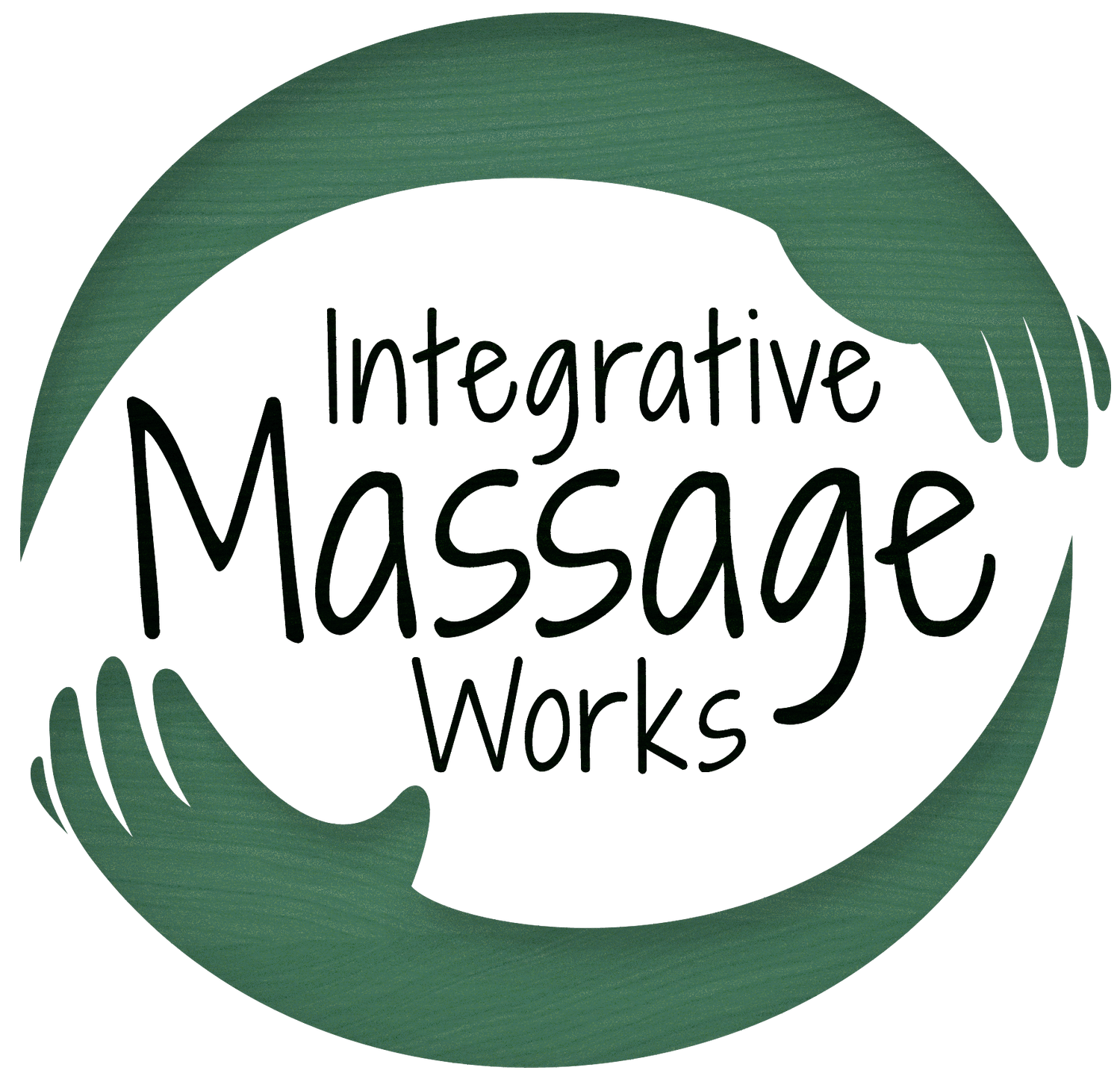Cups and Spoons - More Than Tableware
After watching this year’s Summer Olympics, everyone seems to be talking about cupping therapy. Do you remember the big round circles, members of the US swim and gymnastic teams had on their bodies? Those circles are from cupping therapy. There are a lot of benefits and misunderstandings of this therapeutic technique. I use both cupping and another technique called Gua Sha (pronounced gwa shaw) in my practice that I want to highlight.
Cupping and gua sha are ancient practices and are the medicine of the people. These are essentially folk practices that have migrated into modern-day medicine and treatment plans. In the olden days, a trained doctor may have only visited a town once or twice a year, and people needed ways of treating and preventing alignments when this physician wasn’t available. Although the popularity and training methods of cupping and gua sha come mostly from traditional Chinese medicine, these types of practices have been found in Italian, Peruvian, and many other cultures.
Cupping and scraping (another name for gua sha) essentially perform similar tasks in different ways. According to the traditional idea of health, it is believed that we store bad wind (energy) in the body that needs to be released. Cupping and gua sha help to move this stagnant energy and increase health.
Traditional fire cupping techniques use a flame inside a glass cup to create a suction vacuum to pull deep muscles and tissue structures. Cupping pulls up deep energy and is great for post-injury or surgery healing and chronic muscular issues. It may also help boost the immune system. On a physiological level, cupping tends to move deep stored energy and fascia from previous injuries or long-term musculature issues. Other practitioners use a suction cupping system that doesn’t require the use of a flame.
Gua Sha also moves blood and energy stagnation on a more superficial level. This stagnate energy is believed to cause colds, the flu, illness, and physical pain. Gua sha or scraping uses various tools (ceramic spoons, whale bones, jades, etc.) to gently scrape the skin and tissues. This is similar to some Graston techniques many chiropractors use. This boosts the immune system, prevents colds, and most importantly for the realm of massage, helps release fascial restrictions and knots. This treatment has also significantly helped some of my clients with migraines, neck and shoulder pain, and muscle knot relief.
Cupping and scraping aren’t for everyone and you need to talk to your healing practitioner to see if your health needs are appropriate for these services. Generally, these treatments will leave the body feeling well but can leave the system a bit tired. Red marks on the body are visible for many days following treatment, and the treatment area may be sore for a few days. I generally recommend using these treatments and then going home to rest and recoup for a day to allow the body to heal.
I am not a Traditional Chinese Medicine (TCM) practitioner, but my training with these techniques adds wonderful benefits to my massage therapy. Although both techniques may look painful as they cause bruising or petechiae (red or purple spots caused by bleeding into the skin), the reaction is simply the blood moving to the surface. It brings healing nutrients to the areas in need and the treatments provide great fascial relief.
If you are interested in learning more, please feel free to contact me with questions about how Cupping and Gua Sha can help you.


